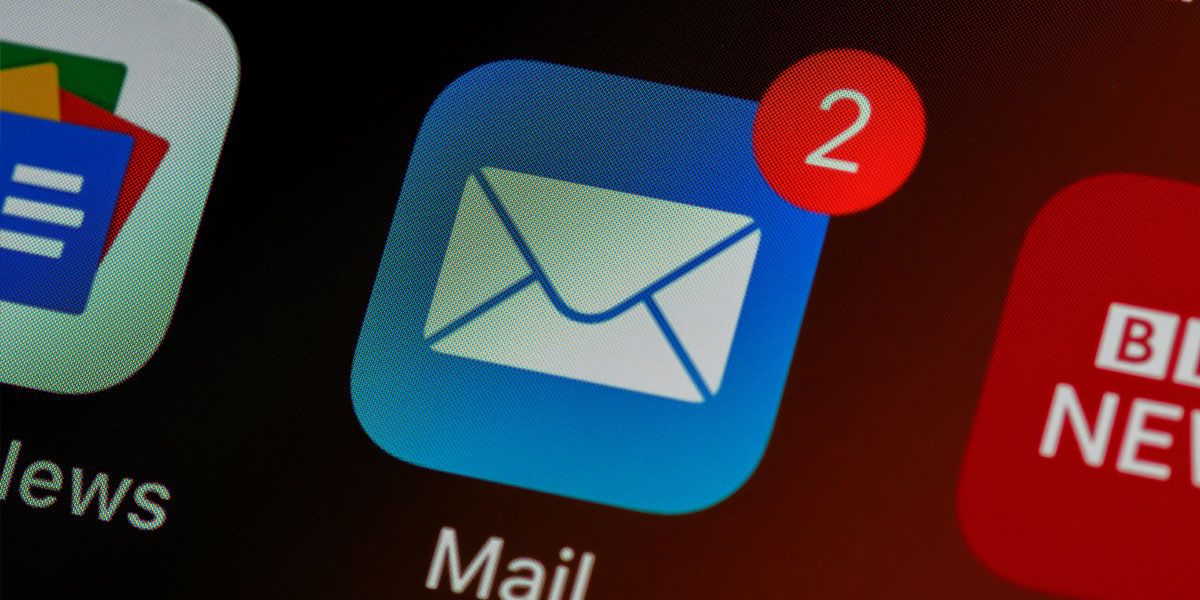
6 Tips for Better Subject Lines for Email Opens
Get your emails opened with attention-grabbing taglines
It happens all the time: You've written the content for your newsletter. You have all the articles perfectly squared away and laid out. Then you're faced with the task of writing a compelling subject line so irresistible that readers can't help but open and read your email.
The good news is you can craft powerful subject lines and article headlines that will attract readers. Here are six key steps to making it happen.
1. List your audience's hot topics.
Do you know what the chatter is in your area of business and how your audience may be affected by it? Are people worried about a decrease in sales or donations? Are they looking for ways to cut back on spending or to eat healthier? Find out what your customers and members are buzzing about, and keep a list of these topics handy. That way you'll have fodder for ongoing newsletter content. Better yet, your subject line writing will become a lot easier because you'll know what's likely to get noticed in recipients' inboxes.
If your business or organization is in an industry or marketplace that's changing all the time, it's good to examine your hot topics once a month. For more stable markets, go through this practice every three to six months.
2. Include numbers.
Headlines with numbers in them work well because they imply easily digestible content. So why not use numbers in your email subject line too? For instance:
"Only 4 seats left for next week's seminar"
"A 10-point plan for marketing success"
"3 ways to turbo-charge your marketing today"
Putting a number in your subject line makes what you're saying quantifiable. "Three quick points," "Eight simple tips," "Four seats left," etc. This lets readers know exactly what they can expect and makes them more willing to read the content.
If you're trying to figure out a way to get numbers into your subject line, think about the benefit you're providing to your readers. Let's say readers are looking for marketing advice, and the benefit they're hoping to receive is more sales. A subject line of "5 ways to increase sales" will encourage subscribers to open your message.
3. Get inspired.
Consider getting inspiration from subject lines and headlines you see in other publications. A great source of inspiration is a website called CopyBlogger.com. It offers out-of-the-box, engaging, and fun subject line and headline ideas for email marketers and bloggers. You wouldn't want to take anything you see there and copy it word-for-word, but choose a headline or subject line that catches your eye and tailor it to describe your own articles.
4. Encourage action.
With any subject line, especially a promotional one, make sure to include a call to action, such as a deadline or text like "Respond now," to get people to open immediately. Get in the wheelhouse of your audience by being interesting and engaging in your subject line, and inspiring urgent action.
Note: For membership driven organizations and associations, subject lines can be a little more generic since the audience is predisposed to opening messages from you. For instance, a credit union can send an email with a generic "Your April Statement is ready" subject line because, as a member, you're going to need the information contained within.
5. Think of your subject line as a tweet.
Social media is a great tool for extending the reach of your email, and in many cases, your subject line is all the text you'll need. For example, on Twitter, you only have 140 characters to communicate, including the URL of your archived message. That's more than enough characters for the subject line of an email. After all, conventional wisdom says that all subject lines should be five to eight words and no more than 40 characters long because some email clients will cut off the rest.
If you think of your subject line as a multi-purpose promotional tool for your message -- that it should encourage opens of your email and clicks from your Twitter feed -- then you'll understand why it should say more than just "Our April Newsletter." Be creative and, where appropriate, playful with your subject lines.
6. Test your subject lines.
Not every subject line will work for your campaigns, so test them out to see what tactics get your audience to open.
A good way to test is to make a list of all the people who opened an email from you in the last 85 days and divide it in two. Using the same email content for both groups, send one subject line to the first group and a second, different subject line to the other group. Then compare open and click-through rates to see which subject line performed best. One subject line could be more generic and the second could be more engaging. See which approach works best for your audience and pattern your future subject lines after that one.
With inboxes full of unread messages, it's the subject line that can deliver a winning click. Make your subject line stand out among the crowd to keep customers opening and reading your emails.